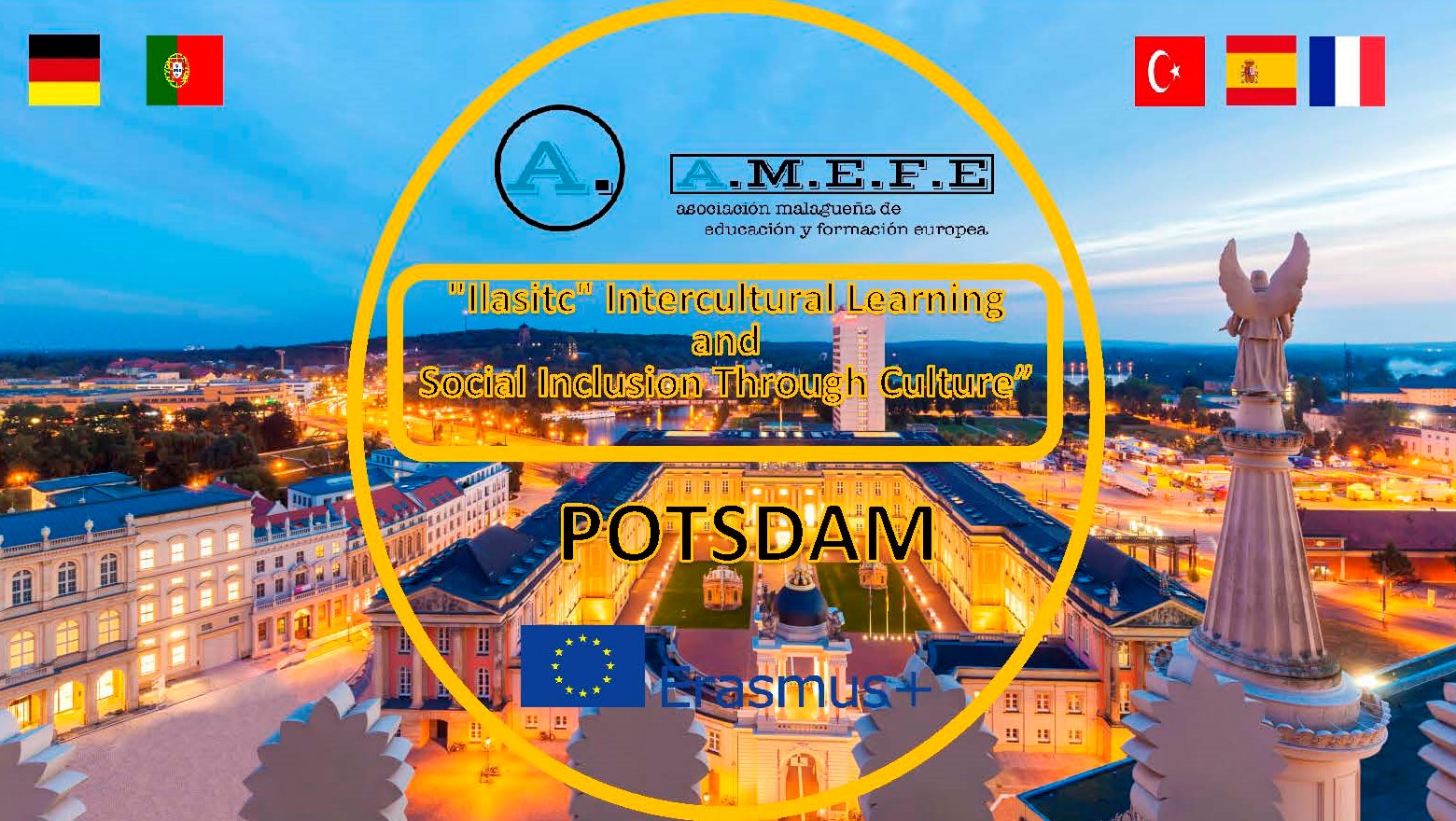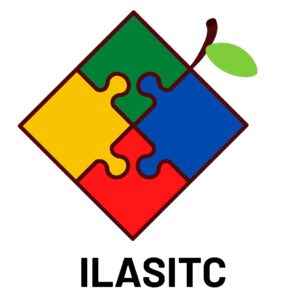– «Ilasitc» – Intercultural Learning and Social Inclusion Through Culture
The project’s main objective is to offer learning opportunities and types of activities to the five partners from Germany, Turkey, Portugal, Spain, and France involved in educating young people, for their social inclusion and to reduce marginalization.
Social inclusion aims to develop the social skills of at-risk and marginalized youth so they can integrate into multicultural groups.
The partners include young people from disadvantaged backgrounds, from diverse ethnicities, cultures, and educational levels, young people with disabilities, young migrants, and young people whose parents have left the country in search of better work in Europe.
The project aims to learn direct strategies for social inclusion using culture as an educational support.
The partners have diverse experiences, so the exchange of best practices will offer multiple strategies for the social inclusion of disadvantaged young people at risk of marginalization and social exclusion.
The “Intercultural Learning and Social Inclusion through Culture” project is based on the shared needs of the five partner institutions in Germany, Turkey, Portugal, Spain, and France. Youth workers from these countries work with multicultural groups of young people of diverse nationalities and ethnicities due to migration (Germany, Portugal, and France), with young people from diverse social and educational backgrounds (ES), and with young people from various countries in Asia and Europe (TUR).
Partner needs were identified by designing and distributing a MCQ (multiple-choice) questionnaire, with three questions on (1) the intercultural social context in each partner’s region, (2) the needs of youth workers, and (3) the issues that young people in each partner’s region are drawn to. Each question had 14 answer options, reflecting a similar social context, common needs of youth workers, and young people’s affinities for cultural and media-related issues.
The partners have chosen this topic based on:
– The existence in their regions of diverse multicultural populations: immigrants, refugees, asylum seekers, low incomes, low levels of education, physical disabilities, and a context in which a monocultural approach predominates over the majority culture, with few references to cultural, ethnic, and religious minorities.
– The idea that cultural and social diversity makes it difficult for many young people to adapt to the groups to which they belong.
– Reduction in young people’s intercultural skills, which hinders their behavioral adaptation to multicultural groups.
– Analysis of the needs assessment questionnaire, which shows young people’s attraction to cultural elements and media.
– The positive impact that cultural elements have on young people and on social cohesion, as observed through the results obtained from their local projects and previous Erasmus projects, Arts for Inclusion (TR) and Arts Against Violence (ES, FR).
– The social and educational value of cultural heritage and UNESCO elements in informal and non-formal learning.
– The need for new participatory and intercultural approaches to cultural heritage, multimedia resources, and educational initiatives aimed at fostering intercultural dialogue.
Youth workers at partner institutions need new skills to create engaging and motivating non-formal resources and activities to help young people adapt to groups and reduce marginalization.
The project’s main objective is to enable 75 youth workers from five partner organizations, as target groups, to exchange ideas, practices, and methods to reduce the risks of marginalization and discrimination in their regions and promote social inclusion.
Project objectives for youth workers:
1. Acquire knowledge, skills, and new and innovative non-formal activities for the education of young people from multicultural groups, using elements of cultural heritage as a support.
2. Develop new skills to create engaging multimedia resources of European value, with a positive impact on young people’s mutual understanding and social cohesion within the group.
3. Create a common intercultural digital portfolio, for example a project website, with photos, texts, and films with intercultural content, as a valuable European resource.
The need for a transnational project is justified by the project’s three objectives, which could not be achieved through a national project: cultural diversity means a variety of non-formal educational approaches; the ability to create multimedia resources of European value; and the creation of a common intercultural digital portfolio with resources of European value. This value means collaboration at the European level.
The project methodology will consist of informal activities based on national cultural elements and UNESCO heritage sites; each partner will contribute new approaches that will add value to the project. The methodology will be complemented by ICT activities through which the project’s media products (photos and videos) will be produced.
Collaboration and exchanges of practices among the five partners will lead to tangible results, including new competencies in educating young people from multicultural groups and new approaches to addressing social and cultural diversity; new competencies for creating multimedia resources; at least five new types of non-formal activities; and the creation of an intercultural digital portfolio with educational resources of European value.
You can follow us on our website and social media:


